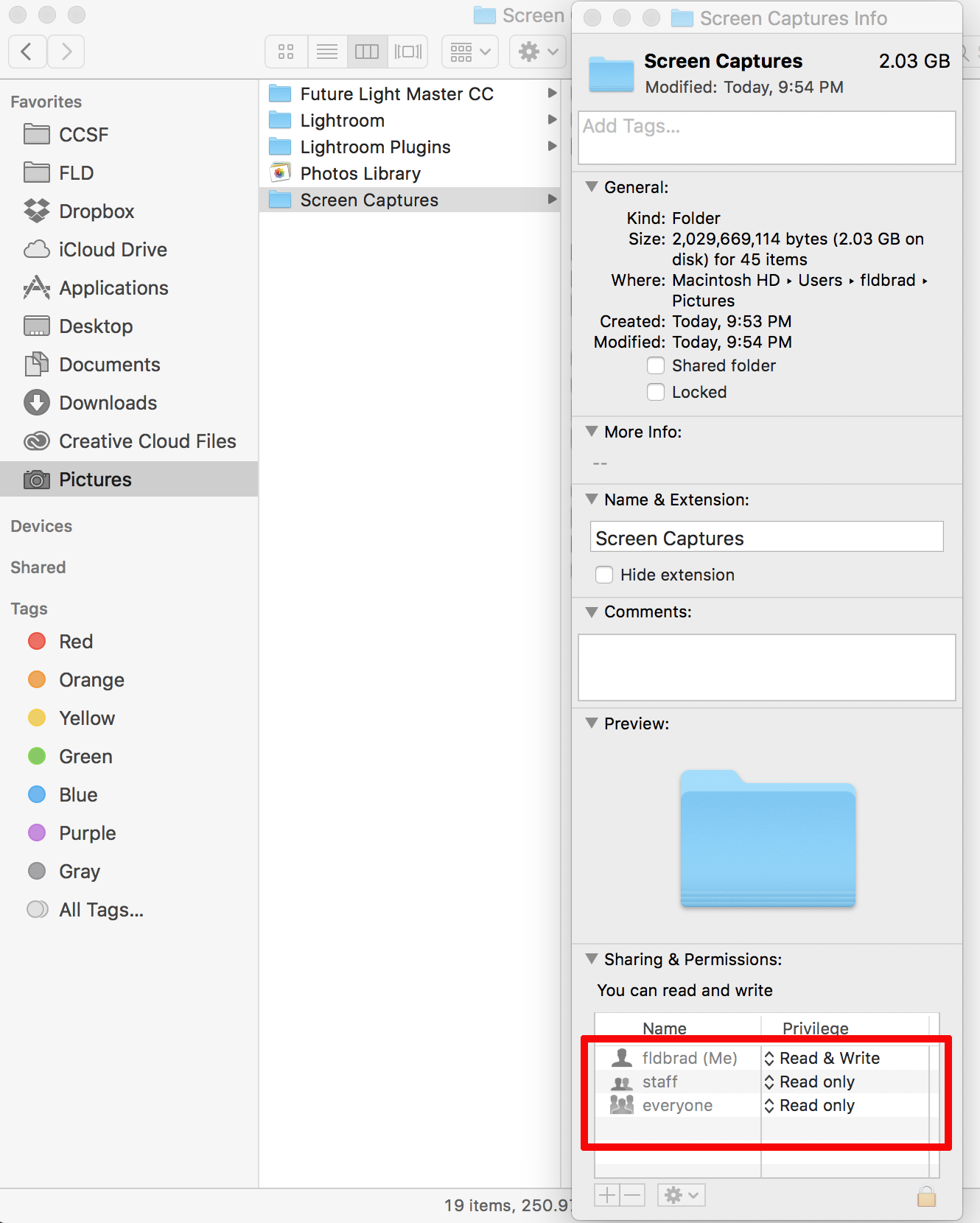
- #Lightroom 5.7.1 with orf files from om d em 5ii movie#
- #Lightroom 5.7.1 with orf files from om d em 5ii update#
On the E-M1 you have a tilting option (up 90°, down 45°) while the E-M1 II features a multi-angle screen that can be opened and flipped to the side. The rear monitor differs in terms of its articulating capabilities.
#Lightroom 5.7.1 with orf files from om d em 5ii update#
Unfortunately this is not supported on the E-M1 so every time you update a firmware, your settings are reset to factory default.
#Lightroom 5.7.1 with orf files from om d em 5ii movie#


switch from one AF mode to the other (for example from S-AF to C-AF).switch the function of certain buttons (Rec and Fn2).change the dial functions (for example from aperture/shutter speed to ISO/WB which is what I use though other options are available).On both cameras, switching from position 1 to position 2 can do the following: March 2018: added information about firmware 2.0 for the E-M1 mark II.July 2019: price update, feedback about firmware 3.0 added (E-M1 II) – Full report available here.: autofocus, speed, stabilisation, video, other features and conclusionħ.: design, functionality and image quality.Given its length, this article has been divided into two parts: To know more about our ethics, you can visit our full disclosure page. If you buy something after clicking the link, we will receive a small commission. Within the article, there are affiliate links. We were not asked to write anything about these cameras, nor were we provided any other compensation of any kind. Some of the lenses used for this comparison are our own, while both the E-M1 II body and some other lenses were loaned to us by Olympus. Can the E-M1 II become a reference just like its older sibling? Let’s find out!Įthics statement: We purchased the E-M1 three years ago for personal and professional reasons. In 2013, the E-M1 was the first mirrorless camera that seriously targeted the advanced and professional segment. It is still up to the Micro Four Thirds standard despite its age, and continuous firmware updates from the company have kept the camera up-to-date. While the new E-M1 mark II can be considered the new professional tool within the Olympus range, the original E-M1 isn’t ready for retirement just yet. It is the culmination of a strategy that started with the original E-M1 and developed with the PRO lens series. The specifications made it very clear from the start: Olympus raised the bar high with a new sensor, a new autofocus system, stunning continuous shooting speeds, 4K video, improved stabilisation and many other things to target high-end users. A three-year gap between flagship models isn’t insignificant in today’s technological terms, so I was very curious to see what new features and improvements Olympus would bring to the new OM-D camera. I can safely say that it is one of the cameras with which we’ve become the most familiar since we started reviewing photographic equipment four years ago.Īs you can imagine, I was impatiently waiting for the announcement of its successor, the OM-D E-M1 mark II.

Having a website like MirrorLessons not only allowed us to use the camera in various conditions, but also to test new firmware updates and lenses for the system. It was my main camera of choice for event work in Italy and Heather’s favourite tool for macro photography.

Heather and I have been long-time users of the OM-D E-M1.


 0 kommentar(er)
0 kommentar(er)
